- New Patient Special for $150
- Terms and Conditions Apply
- Learn More!
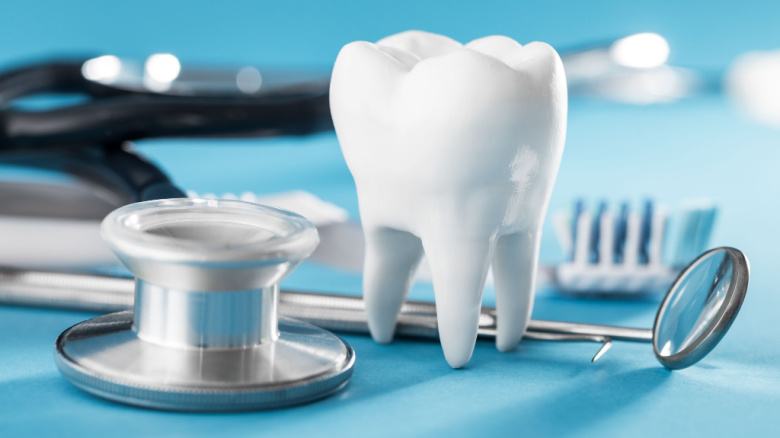
During the period between 2020 and 2021, the COVID-19 pandemic that hallmarked global cultures and economies had a significant impact on the Australian dental industry. The effects of lockdowns across the nation were felt by dentists and patients alike; in Queensland no less than other Australian states. Dental clinics were forced to adapt to various stages of lockdown in their practice due to the contagious nature of COVID-19. Many patients were unable to access dental services during this time. The pandemic may have caused a bottleneck of patients which has only recently been alleviated. We discuss dental trends during COVID-19 below.
Why Did COVID-19 Impact the Dental Industry?
The COVID-19 contagion is spread through droplets in the air and aerosols containing the virus. Given the proximity that is necessary for dentists to maintain with their patients and the prolific presence of aerosols in the dental industry, a higher-than-usual risk profile was discovered to exist in dental practice. Dentists and dental assistance were at high risk of infection given the extreme proliferation of saliva and aerosols in dental procedures.
What Safety Measures Were Taken By Dentists During COVID?
New guidelines such as patient screening and temperature control, air purification, space, surface and hand sanitizing and the use of protective equipment and physical barriers had to be implemented at the start of the pandemic: after the aforementioned risk profile was identified. During lockdowns, teledental appointments were the primary means of contact most patients had with their dentist.
How did COVID-19 Affect Dental Patients?
During the height of the pandemic, many patients were unable to access oral care except in emergencies. Hospitalisations due to oral health concerns were prevalent during the COVID-19 pandemic and cost up to $12,000. In contrast, management of oral infections in a primary care setting costs, on average, less than $2,000. The financial toll on patients that resulted from COVID was significant. When clinics first reopened, the congestion of patients saw patients unable to book in general check-ups without first joining a waiting list. This bottleneck effect has only recently been alleviated for most dental practitioners.
Furthermore, during the COVID-19 pandemic, the number of conservative procedures, such as coronal restorations or root canal fillings, decreased significantly, while the percentage of surgical procedures increased significantly. In the months following the lift of lockdown, the decrease in the number of patients was offset by an increased number of procedures per visit
How Effective is Teledentistry?
Teledentistry may be used to access second opinions for routine treatment or enable rural and remote communities to receive necessary oral healthcare advice. Teledentistry played a big role in reducing risk profiles prevalent in the dental industry during the COVID-19 pandemic. It was also used to a heightened extent in dental schools. Teledentistry was used effectively when treating patients with complex oral pathologies and, overall, appears to be a promising tool in the remote management of patients requiring non-surgical or surgical treatment, especially due to its characteristic low costs and waiting times.
Dental Treatment Fortitude Valley – Book an Appointment Today
Looking to enjoy a more-comfortable smile full of healthy teeth? Book a consultation for any dental treatment you need at Central Brunswick Dental Centre today.
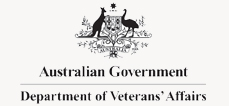
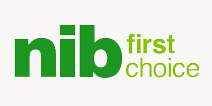
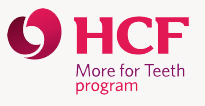

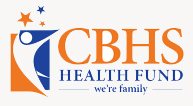
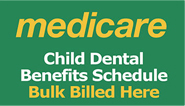
Fill in the form and our friendly team will be in touch with you monumentarily
Sed ut perspiciatis unde omnis iste natus error sit voluptatem accusantium dolor emquesit voluptatem laudantiu.
Dr Jacky is extremely knowledgeable around teeth and gum health ! Extremely professional and makes you feel comfortable and makes you laugh . Lauren, the dental nurse, is also all above! I'm so happy ... Read More
Highly recommended Dr.Jacky. He is very caring and skillful during the filling process since I have been very nervous with “dentist”. After the work done and the next day I don’t feel any pain o... Read More
I have been going here for several years and so now does my family of all ages. We all use the different dentists and are all happy. I use Dr Jacky who is very professional, honest, caring and most ... Read More
BEST DENTIST IN BRISBANE! Had two fillings today, Dr Jacky is so attention to detail , very kind and generous! Will definitely look after my teeth 🦷 🦷
Simply the best and most comfortable procedures I’ve ever had. I always feel welcome and relaxed in the hands of Bryce and Lauren in this cooly designed , simple yet highly professional clinic. Alwa... Read More
